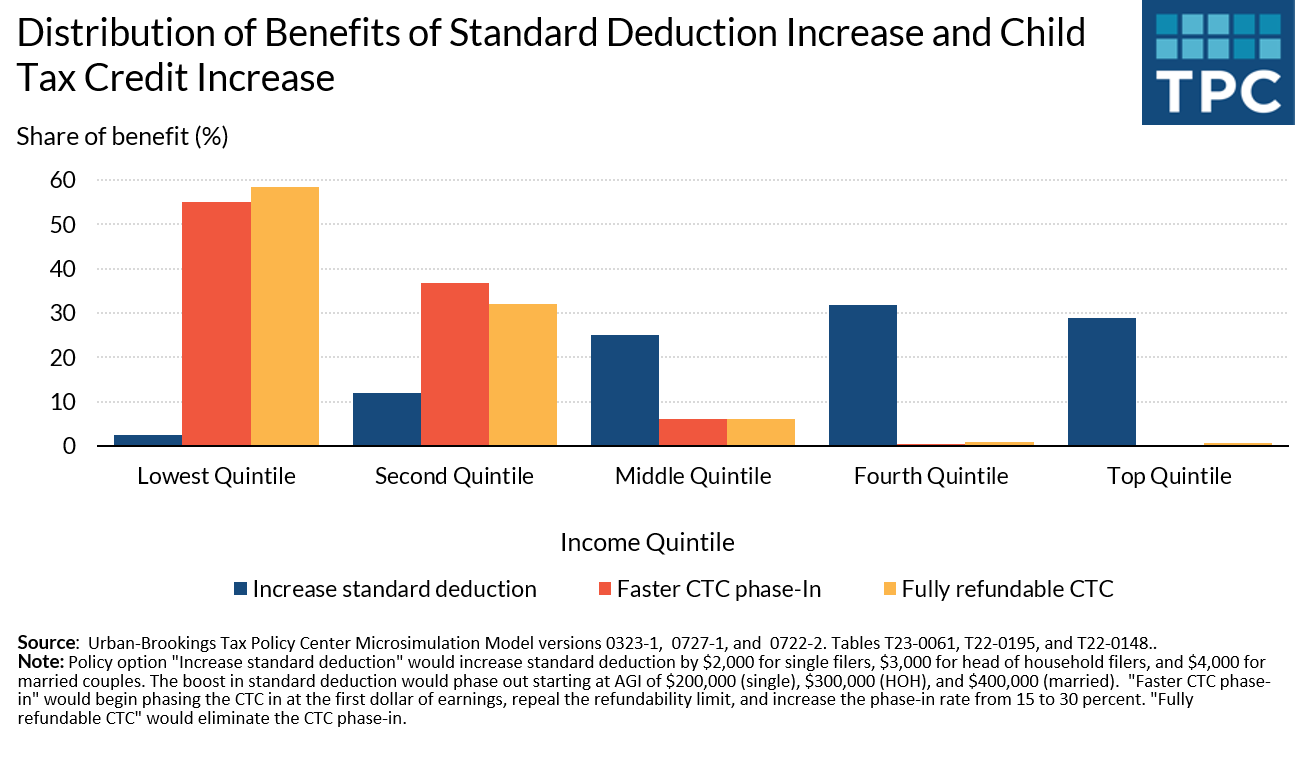The Unchanging H-1B Cap in a Changed Country
In 2005, YouTube was founded, Tesla was still three years away from releasing its first car, the first iPhone was still two years away, and Donald Trump’s show The Apprentice was airing Seasons 3 and 4. Today, YouTube has billons of users, Tesla has sold over 3 million cars, Apple has sold more than 1.5 billion iPhones, and Donald Trump’s presidency greatly altered politics in the U.S. and beyond. A lot can change in nearly two decades.
The year 2005 was also the last year the H-1B cap numbers were touched by Congress. The H-1B program is vital to allowing employers, from small businesses to large organizations, to temporarily employ foreign workers in occupations requiring highly specialized knowledge and at least a bachelor’s degree in the field. Workers brought in under the program are found throughout nearly all industries in the U.S., including healthcare, technology, and others.
Congress set a cap of 65,000 H-1B visas to be issued annually, and in 2005, allocated an additional 20,000 visas for individuals who have earned a U.S. master’s degree or higher. Since that time, the H-1B cap process has grown increasingly out of step with the demand for professional workers. Additionally, while changes in the last few years to bifurcate the cap registration and H-1B filing have streamlined things, this has come at a significant cost to the integrity of the process.
From FY 2014-2020, USCIS received between 124,000 to 236,000 petitions in the first five days of the H-1B filing season, easily reaching the 85,000 cap. The subsequent registration process resulted in 274,237 registrations in FY 2021, all the way up to 780,884 in FY 2024!
Additional USCIS data sheds some light on this massive increase. It shows that eligible registrations for beneficiaries with multiple eligible registrations increased from 28,125 in FY 2021 to 408,891 in FY 2024. We appreciate USCIS’ transparency with this data, as well as its recognition that the data “has raised serious concerns that some may have tried to gain an unfair advantage by working together to submit multiple registrations on behalf of the same beneficiary.”
The same USCIS data shows eligible registrations for beneficiaries with no other eligible registrations. This number increased from 241,299 in FY 2021 to 350,103 in FY 2024 and seems more reflective of the actual and increasing demand for H-1B numbers, while the supply remains stagnant. However, in a highly competitive job market, it is not uncommon for multiple employers to make bona fide job offers to the same employee, but it’s hard to quantify which portion of the 408,891 figure is bona fide. Even so, what accounts for this greater demand?
First, the reopening of U.S. universities and consular operations post-pandemic has increased the number of foreign students graduating from U.S. institutions looking to use their education in the U.S. According to July 2019 USCIS data, about 84 percent of F-1 students obtaining another status between 2008-2018 transitioned to H-1B status, so the H-1B visa is the most common next step for F-1 students. It seems incredibly counterintuitive for us to provide these international students with world-class education and then force many to leave the U.S. if the H-1B “lottery” doesn’t go their way. They then take their talent, ingenuity, and entrepreneurship elsewhere, preventing would-be U.S. economic gains.
Second, there is increasing need for foreign workers to fill jobs due to a low unemployment rate, as well as recent legislation, such as the Infrastructure Investment and Jobs Act. A recent proposal for Congress from two Republican governors to allow states to directly sponsor immigrants to fill thousands of open jobs, as well as a statement from the Chair of the Federal Reserve about the U.S. labor supply shortfall owing in part to “a plunge in net immigration” underscore the U.S. need for a solution.
Third, there are many H-1B registrants not selected in prior years, whose would-be employers try again – highlighting this additional pent-up demand.
So what can we do?
- Urge the Biden Administration to ensure integrity in the H-1B registration process, including running the lottery based on individual applicants rather than by individual registrations. This will mean that each applicant will have the same chance of selection.
- Tell Congress to pass H-1B reform legislation to create a commonsense and flexible approach that keeps pace with our dynamic economy instead of pinning the cap numbers to an artificial limit that was determined by Congress almost two decades ago.
- Advocate for a streamlined pathway to permanent residence for foreign graduates of U.S. institutions, as well as fixing green card backlogs to ensure that no one has to be in H-1B status for decades while awaiting the ability to finalize their green card.
The above data shows that we are failing all facets of our economy, including small businesses, hospitals, etc., that were harmed by the H-1B registration process this year. Between Congress’s lack of action to ensure that the supply of H-1B visas is responsive to the needs of U.S. employers, as well as the compromised integrity of the H-1B registration process, the cap subject H-1B has become barely useful as an option for U.S. employers. Congress and the Biden Administration must act quickly to repair the damage done and create a more robust and responsive H-1B program.






